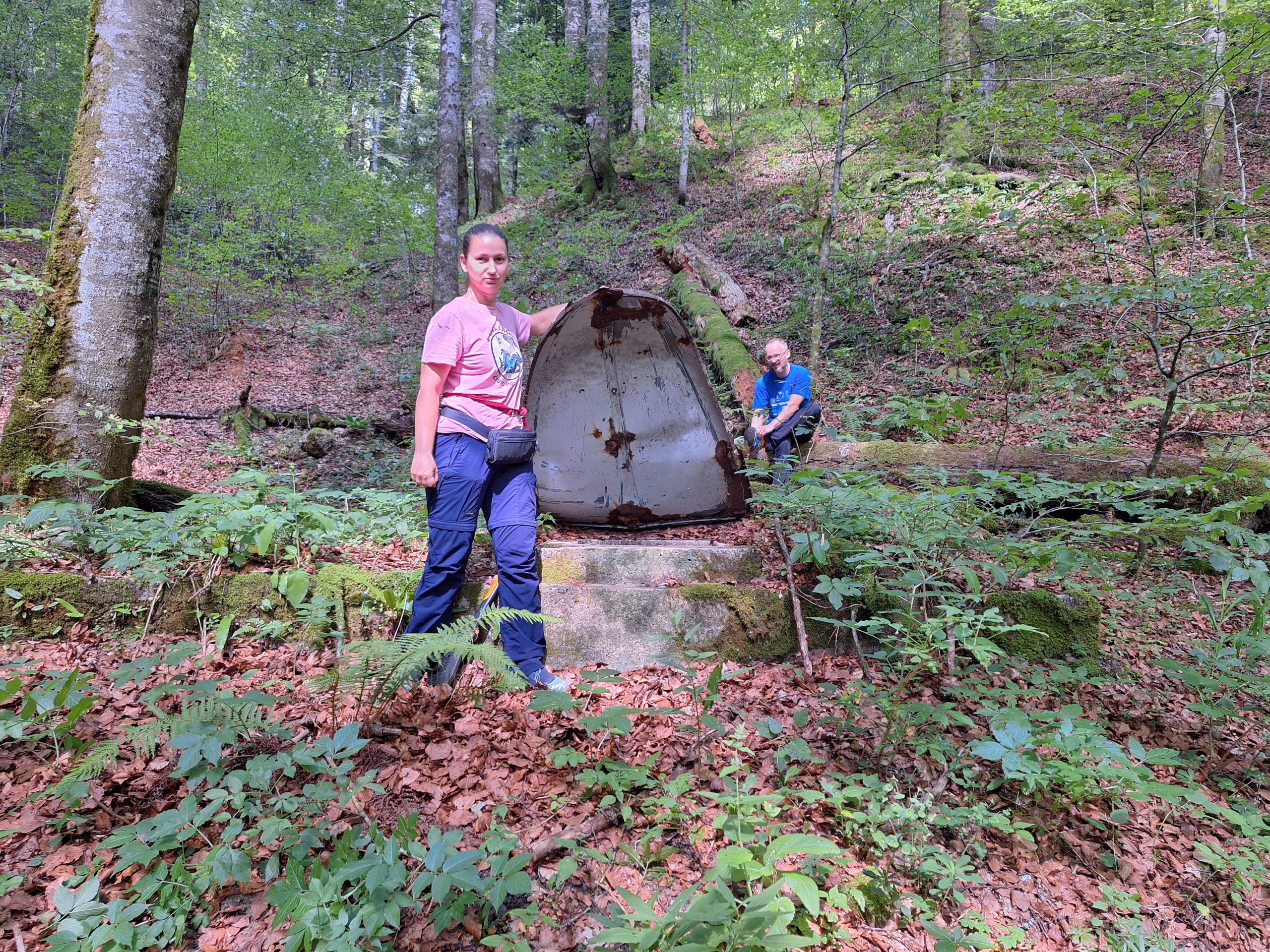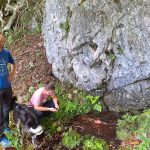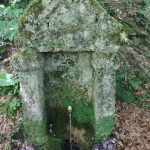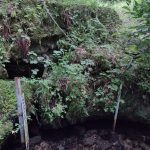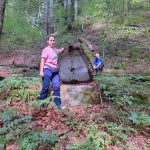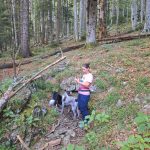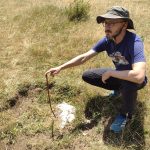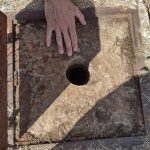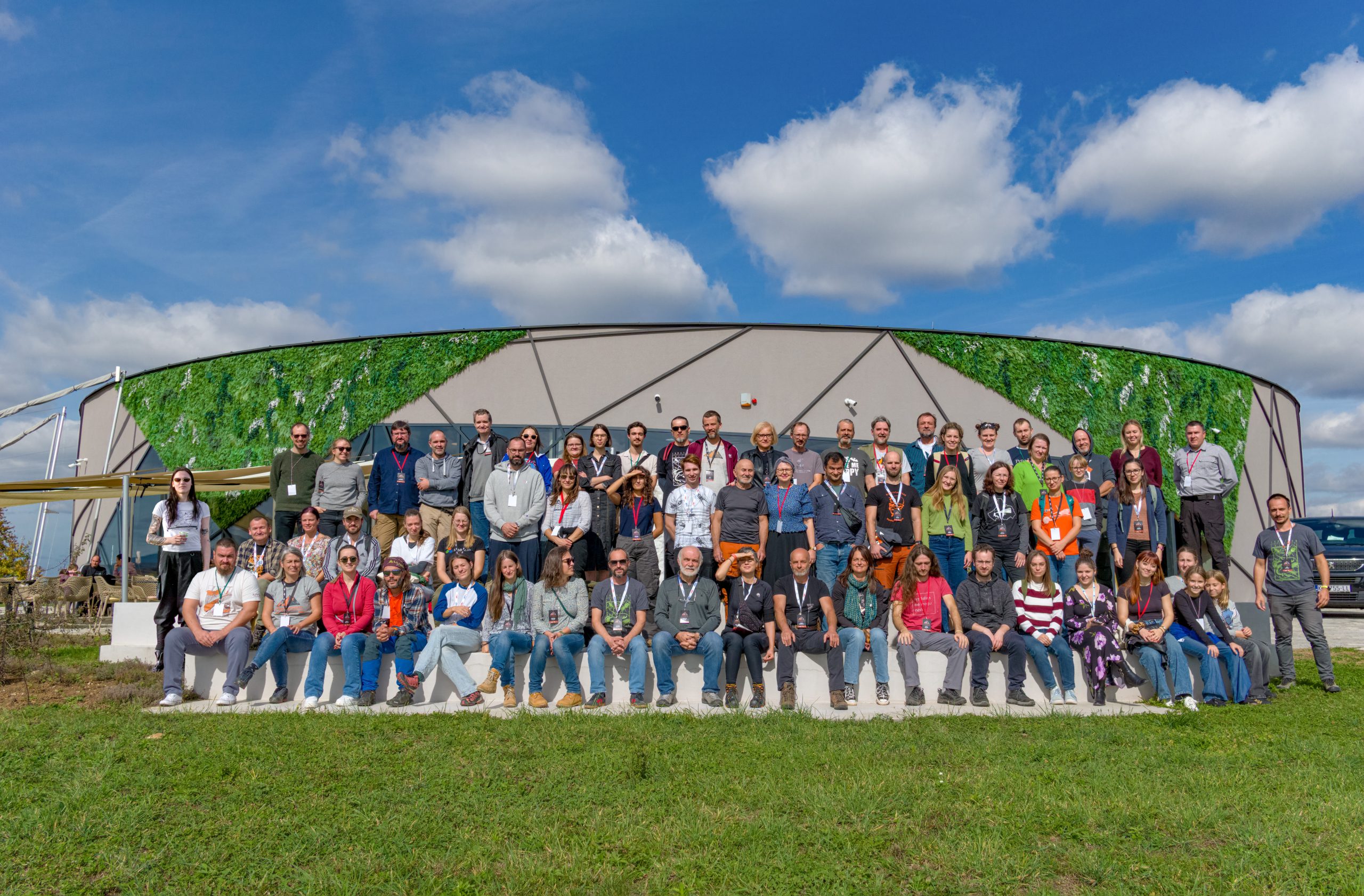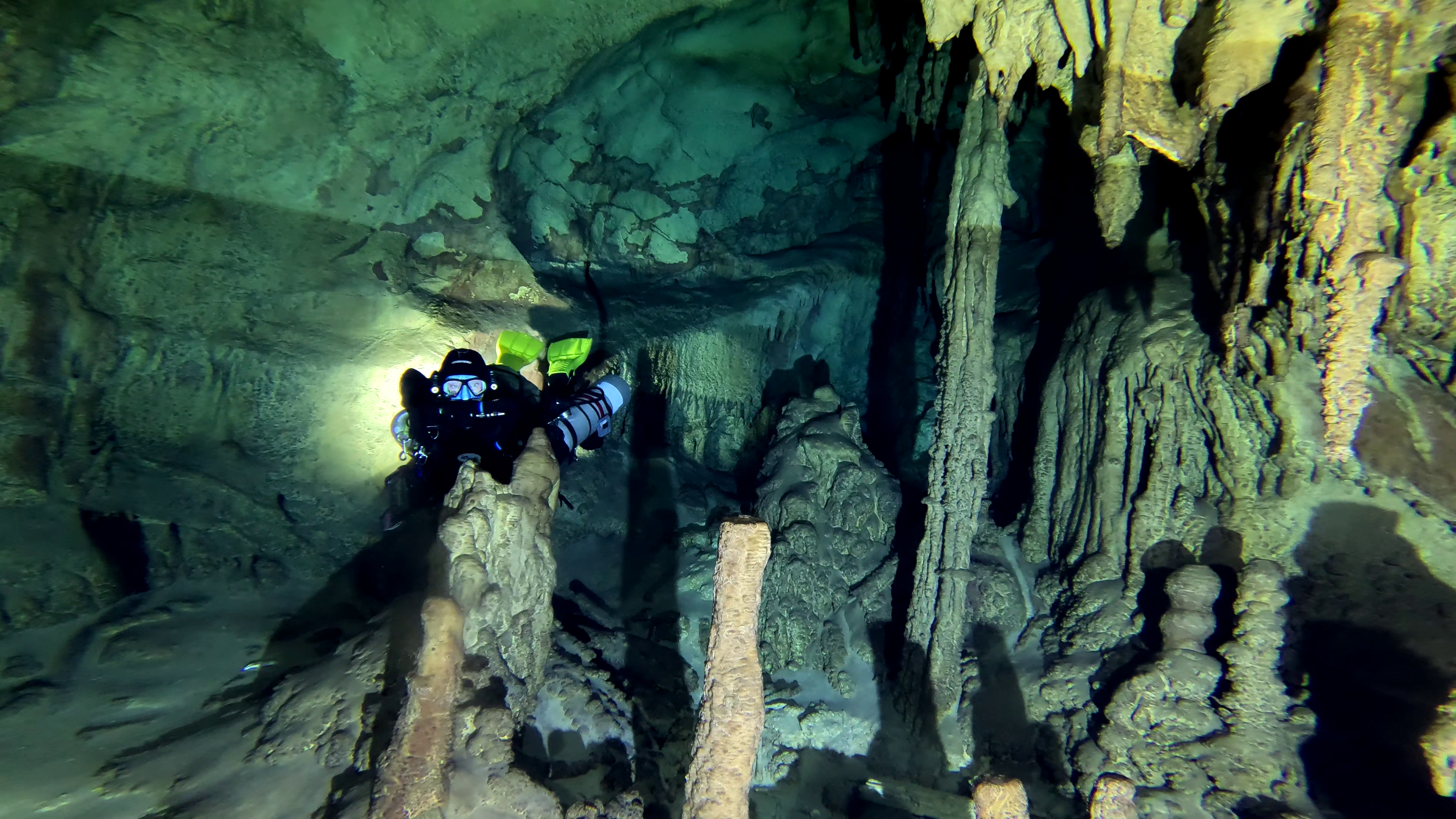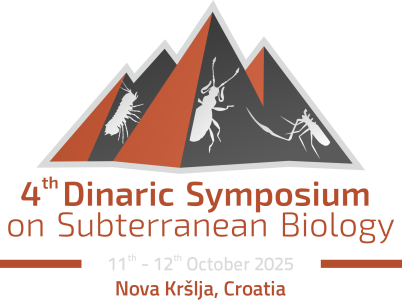eDNA of subterranean ecosystems
More than 350 caves and pits have been recorded at Plitvice Lakes National Park. With all the water and beautiful lakes that we associate with this area, it is somewhat surprising that real groundwater is difficult to reach. Caves and pits are simply shallow, and groundwater is too deep. This leaves us with the possibility for research of subterranean aquatic biodiversity through springs, which serve as windows to the groundwater. Fortunately, there are hundreds of springs in Plitvice! 😊
In the last few years, the method of researching biodiversity using environmental DNA (eDNA) has been intensively developed. All living beeings leave their DNA in the environment where they live. Using laboratory methods, their eDNA can be isolated from (in our case) a water sample and the genes of the species to which it belongs can be “read”. After a few steps of computer processing, this data gives us a list of species that live in the water where we collected the sample.
For the weekend of June, 28th and 29th 2025 we visited six springs and three borehole in the Park area to select the most suitable ones for further research phases.
- Vilino vrelo by Prošćansko lake (H. Bilandžija)
- Beautiful Mihajlovac spring (N. Kuharić)
- Izvor Pećina (N. Kuharić)
- Innovatively covered Kavga spring (H. Bilandžija)
- The almost dry Vodena jela spring (H. Bilandžija)
- Borehole in Homoljačko polje (N. Kuharić)
- Borehole in Čatrnja (N. Kuharić)

